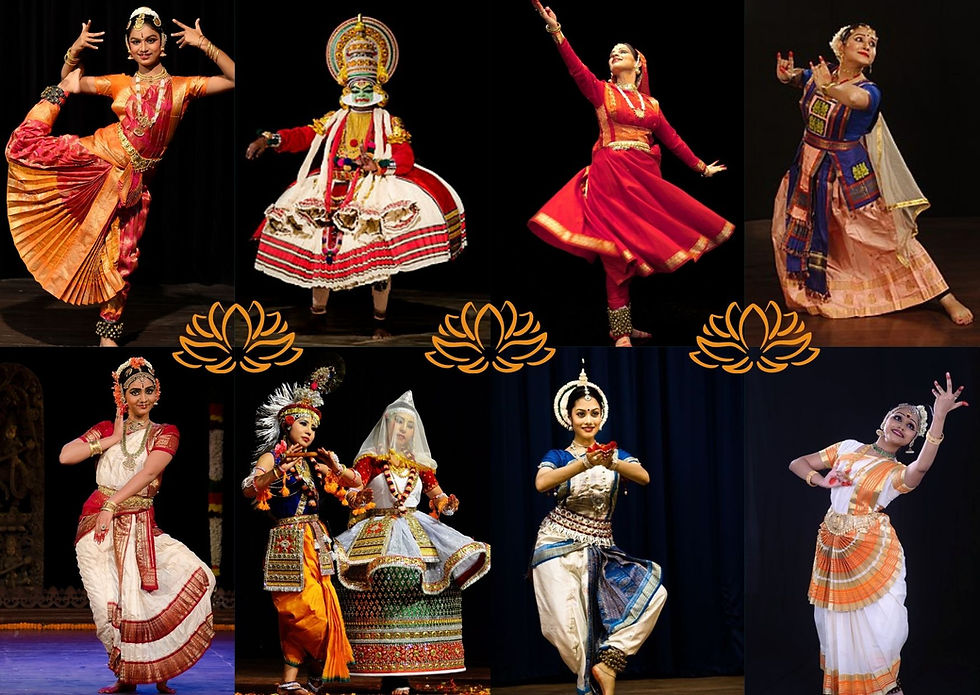Dance, Music, and Movement: How Cultural Practices Heal the Mind and Body
- MedWords Editorial

- Aug 22
- 3 min read

From ancient rituals to modern therapy sessions, dance and music have always been more than just entertainment. Across cultures, they are powerful tools for healing, self-expression, and community connection. The rhythms that move our bodies can also soothe our minds, reduce stress, and bring people together in ways that few other practices can.
If you’ve ever felt lighter after dancing alone in your room or calmer after listening to your favorite playlist, you’ve already experienced a glimpse of this universal medicine.
The Healing Power of Rhythm
Humans are naturally rhythmic beings: our heartbeat, breath, and walking pace all move to a rhythm. Cultures worldwide have long tapped into this natural rhythm through music and movement as a form of medicine.
• In Africa, drumming circles are used to build community and release emotional tension.
• In Native American traditions, music and movement in ceremonies are seen as pathways to spiritual healing.
• In Indian classical dance, storytelling through rhythm and gestures is believed to balance energy and emotions.
Science backs this up: engaging in rhythmic movement can reduce cortisol (the stress hormone), lower blood pressure, and improve overall mood.
Dance as Therapy
Modern psychology has embraced what ancient cultures always knew: movement is healing. Dance therapy is now used to help people with anxiety, trauma, depression, and even neurological conditions like Parkinson’s disease.
• Emotional release: Moving freely allows feelings that are hard to express in words to surface and flow out.
• Mind-body connection: Dance brings awareness to posture, breath, and movement, grounding us in the present.
• Confidence boost: Learning choreography or simply moving to a beat can increase self-esteem and body positivity.
Even a few minutes of dancing around your room can shift your mood; no professional training required.
Music for the Mind
Music is woven into cultural healing practices everywhere, from lullabies that soothe babies to chants that calm monks in meditation.
• Middle Eastern traditions use music in Sufi practices like the whirling dervish dance, where movement and sound merge to induce spiritual states.
• Indigenous cultures often use song as part of rituals to restore harmony within individuals and communities.
• Scientific studies show that music can decrease anxiety, improve focus, and even help with pain management.
The type of music matters, too. Slow, calming rhythms encourage relaxation, while upbeat, fast-paced songs energize the body and mind.
Movement as a Universal Language
Movement and music transcend language barriers. A dance performance in Brazil can stir emotions in someone who doesn’t understand Portuguese. A drumbeat in West Africa can resonate with someone halfway across the world. This universality makes cultural movement practices especially powerful for connection and healing.
When we move or listen together, whether at a concert, a yoga class, or a cultural celebration, we experience a sense of belonging. Shared rhythm creates unity, reminding us we’re part of something larger than ourselves.
Bringing Cultural Healing into Your Life
You don’t need to attend a ceremony to experience these benefits. You can adapt cultural practices into your daily life in simple ways:
• Dance it out: Put on your favorite playlist and let your body move freely, no choreography required.
• Drum or clap rhythms: Even tapping a beat on a desk can help release tension.
• Create rituals with music: Use calming sounds to start your morning or end your night with peace.
• Join a class or community circle: From salsa nights to drum workshops, shared movement amplifies the healing power.
The Deeper Lesson
Dance, music, and movement remind us of something essential: healing doesn’t always come from pills or treatments. Sometimes, it comes from reconnecting with our bodies, our communities, and the rhythms that have guided humanity for centuries.
Whether through a traditional cultural practice or a spontaneous solo dance party, the act of moving to music is a universal medicine that unites joy, healing, and self-expression.
Comments